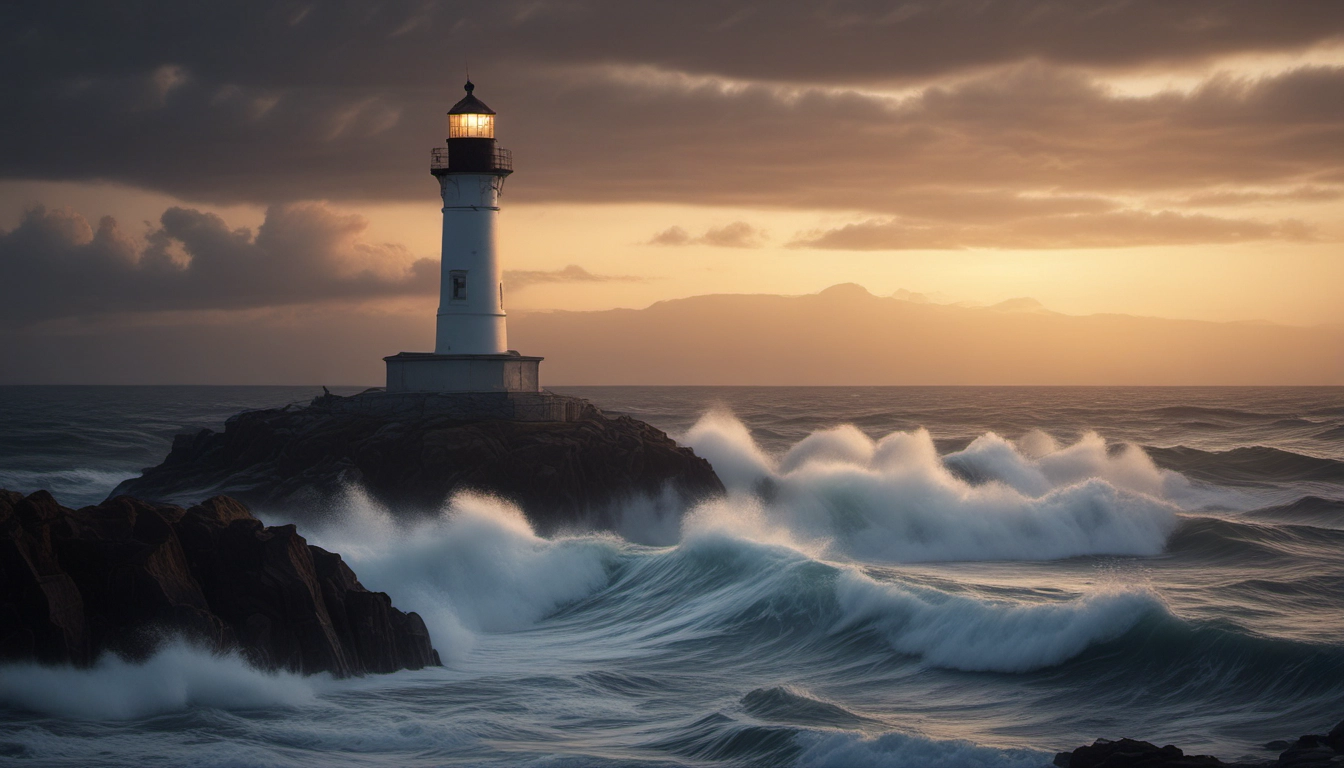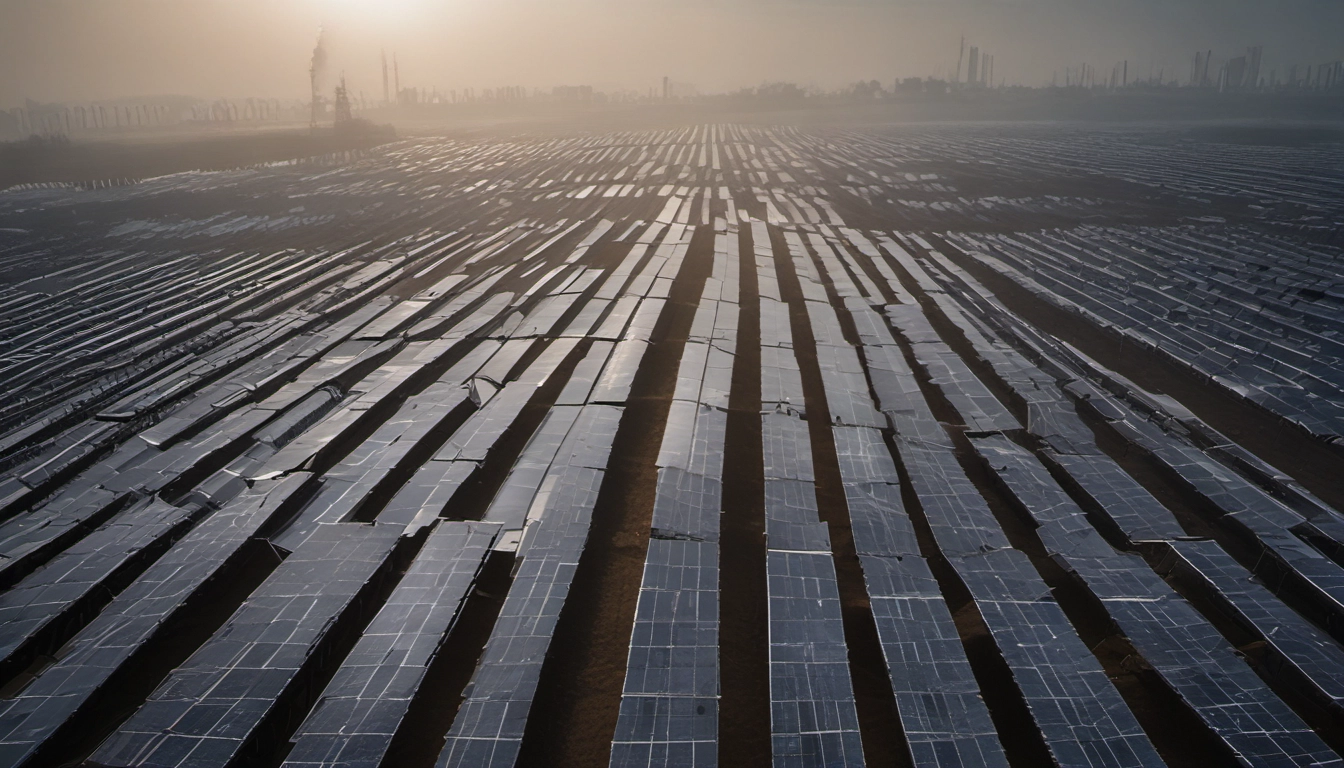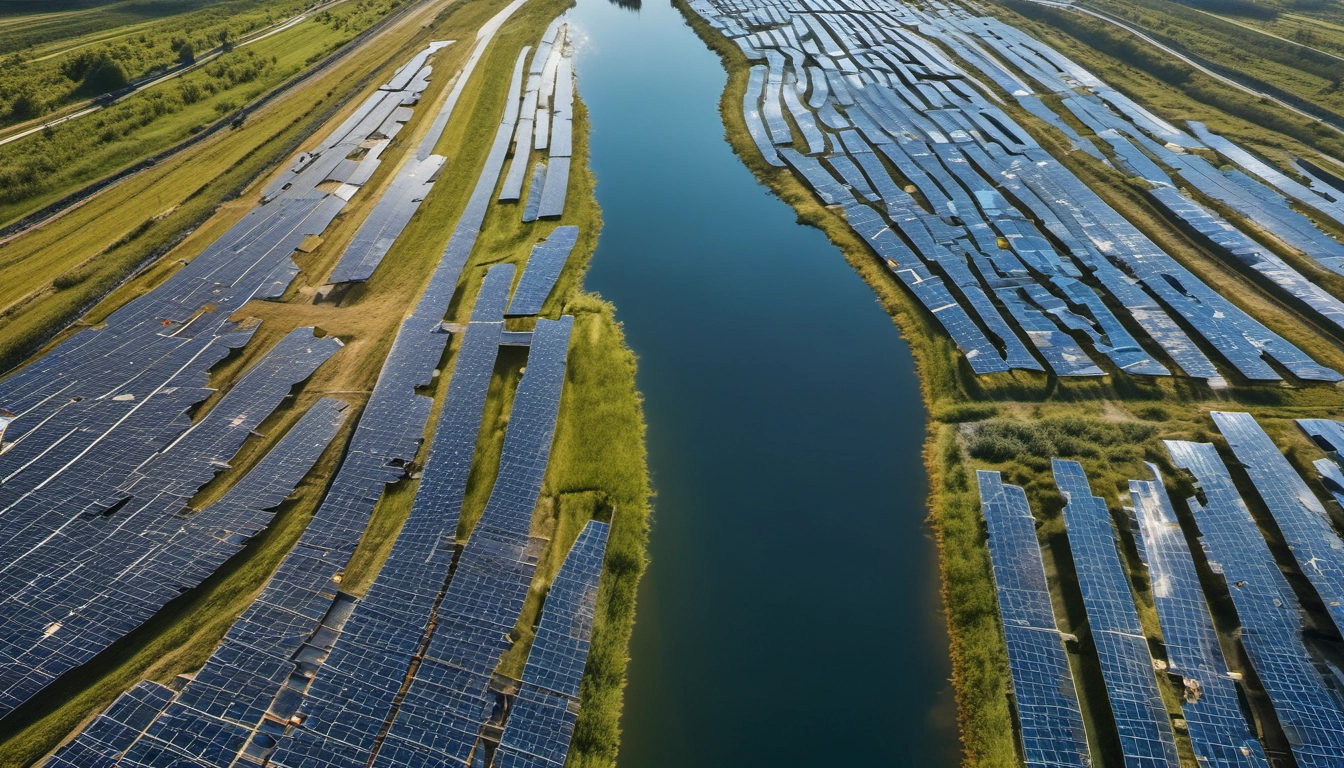Offshore Wind Power Explained
A clear, simple guide to offshore wind power: what it is, how it works, key benefits and challenges, and where projects are growing in the U.S.

Offshore wind power uses big wind turbines in the ocean to make electricity. This guide explains what it is, how it works, the main benefits and trade-offs, and where projects are growing in the U.S.
What is offshore wind power?
Offshore wind energy means using the wind over the sea to turn turbine blades and make electricity. The power travels from the turbine through undersea cables to onshore substations and then into the grid. Learn more about the basic idea from National Grid.
Why build wind farms at sea?
- Stronger winds: Winds over water are steadier and faster than on land, so turbines make more electricity. The U.S. Department of Energy says offshore winds could deliver thousands of gigawatts in potential power, enough to help coastal cities meet demand. See the DOE summary at energy.gov.
- Close to cities: Many big cities sit near coasts. Offshore wind can supply power close to where people live, cutting the need for very long transmission lines. The BOEM explains why coastal load centers matter.
- Less land use: Offshore farms avoid taking farmland or forests for energy projects.
How does offshore wind work?
Key parts
- Turbine: Blades, hub, gearbox or direct drive, and a generator capture wind energy.
- Foundation or floating platform: Fixed foundations attach to the seabed in shallow water. Floating foundations are used in deeper water.
- Undersea cable: Electricity travels through buried cables to an offshore substation and then to shore.
- Onshore substation: Power is stepped up or managed before joining the local grid. NYSERDA has a clear diagram at NYSERDA Offshore Wind 101.
From wind to homes — the short process
- Wind turns turbine blades.
- The turbine makes electricity inside the generator.
- Electricity flows through cables to an offshore substation.
- Cables carry power to an onshore substation.
- The grid sends electricity to homes and businesses.
Key stats: Offshore turbines are much larger than onshore — blades can be ~100 meters long. The U.S. pipeline includes many projects, and the resource potential is very large. See the market overview at WINDExchange and the global overview on Wikipedia.
Types of foundations
- Fixed — monopile, jacket, or gravity base. Good for shallow waters (up to ~50 meters).
- Floating — spar, semi-submersible, or tension-leg. Lets turbines go farther offshore in deep water. The technology is growing fast; many U.S. projects plan semi-submersible platforms. Read more on BOEM and industry pages like Ocean Winds.
Pros and cons
| Pros | Cons |
|---|---|
| Stronger, more consistent winds → higher capacity factor | High upfront cost and long project timelines |
| Close to coastal load centers → less long-distance transmission | Needs undersea cables and port upgrades |
| Large turbines capture lots of energy with little land use | Environmental and fishing impacts must be managed |
Where in the U.S. is it happening?
The U.S. has operational projects and many more in development on the East Coast. The first commercial farm was Block Island off Rhode Island. Energy industry pages like Ørsted and project sites such as Atlantic Shores describe current projects and planned capacity.
Environmental and community concerns
- Wildlife: Developers study and plan to reduce effects on birds and marine life. Groups such as the National Wildlife Federation push for careful siting.
- Fishing and navigation: Projects are sited to avoid key fishing grounds when possible. Stakeholder engagement is part of planning.
- Visual and local impacts: Distance from shore and turbine size influence how visible farms are to coastal communities.
Cost and economics — a practical view
Offshore wind needs big up-front investment for turbines, foundations, cables, and port work. But it makes a lot of steady electricity for decades. For companies and utilities, long-term power purchase agreements (PPAs) can lock in stable prices. A practical ROI insight: offshore projects take years to build but can produce reliable revenue over 20+ years, helping stabilize power costs for coastal grids.
Implementation tip: Start with grid and port studies early. Plan cable routes and local supply chains to reduce delays and cost overruns.
How offshore wind helps cut carbon
Because offshore wind makes electricity without burning fossil fuels, it reduces greenhouse gas emissions when it replaces coal, oil, or gas generation. That helps cities and states meet clean energy goals and limits climate pollution.
Common questions
Are offshore turbines noisy?
Noise on land is minimal because turbines are far offshore. Work noise during construction is temporary.
Do undersea cables hurt the ocean?
Cables are buried or laid on the seabed and have limited long-term impact. Agencies regulate routing and burial depth to protect habitats. Read more on BOEM and the DOE pages.
How big are offshore turbines?
Very large. Blades are often about 100 meters long and tower heights plus blade tip can exceed 200 meters. This size helps capture more energy per turbine. See examples at WINDExchange.
How to learn more or get involved
- Read project pages from developers like Ørsted and regional sites such as Atlantic Shores.
- Check federal resources at BOEM and DOE.
- Attend local planning meetings to ask about siting, jobs, and benefits.
Bottom line
Offshore wind power is a large, reliable clean energy source that can serve coastal cities while avoiding land use conflicts. It needs careful planning, community input, and investment in ports and transmission. For businesses and utilities, it offers long-term, stable power. Start with early grid studies and local supply-chain planning to make projects cost-effective and on schedule.
Sources: BOEM, National Grid, WINDExchange, DOE, NYSERDA, industry developers.


